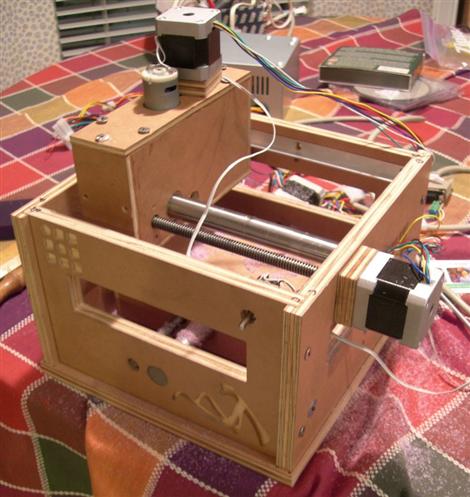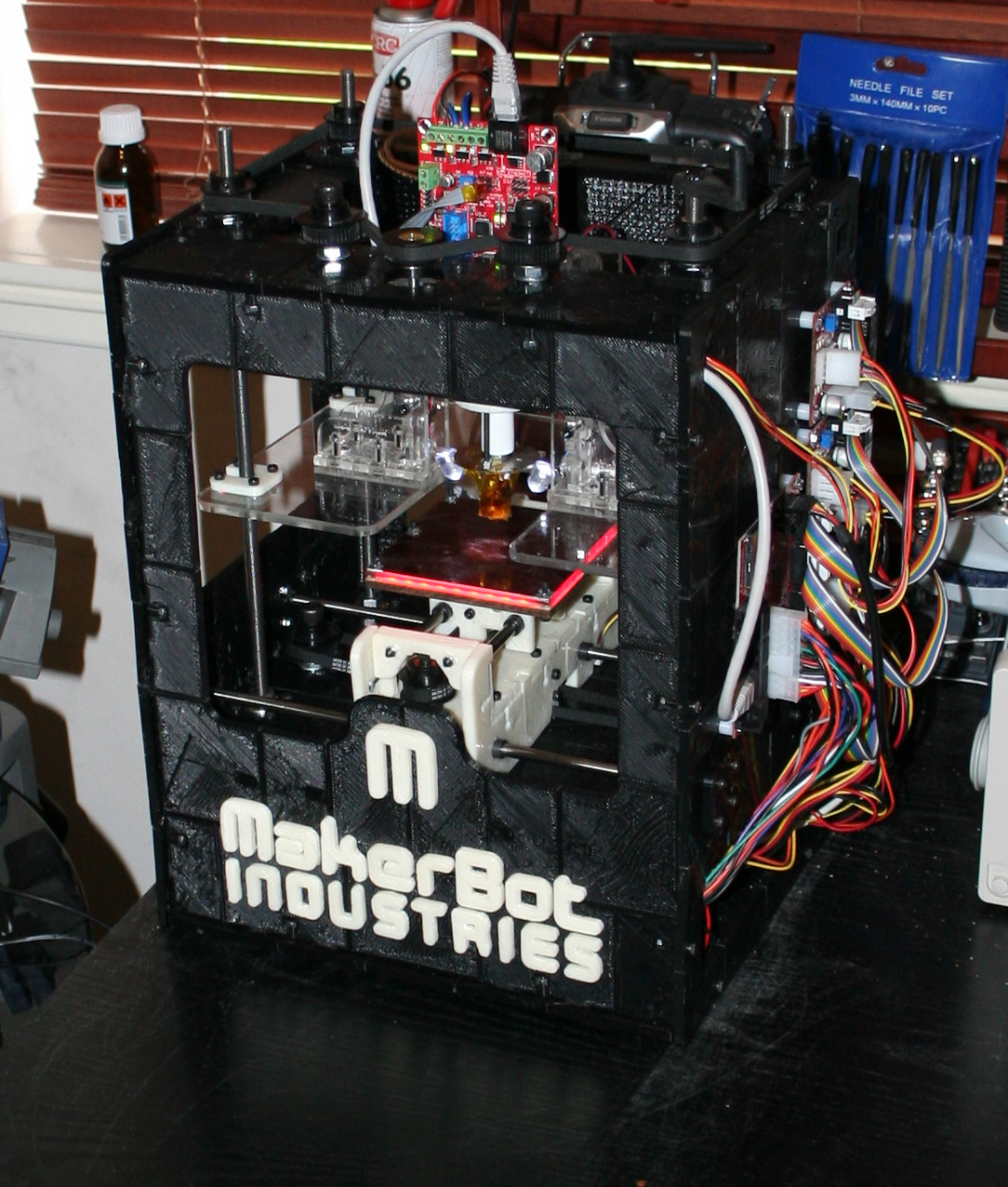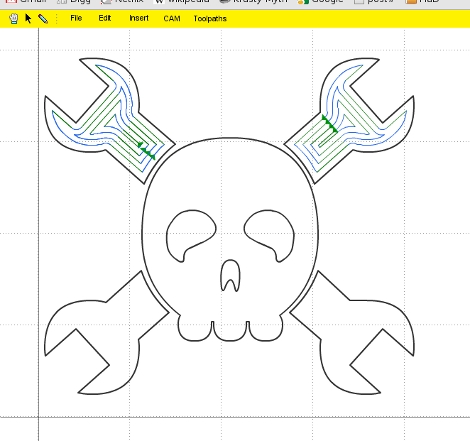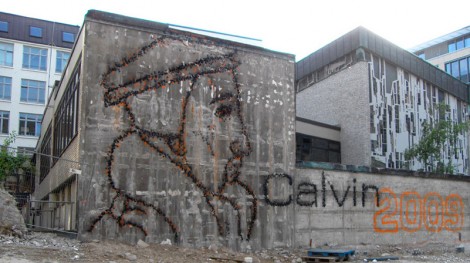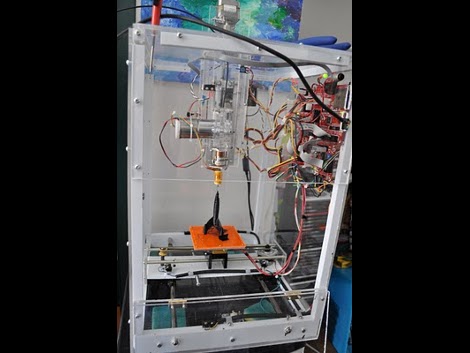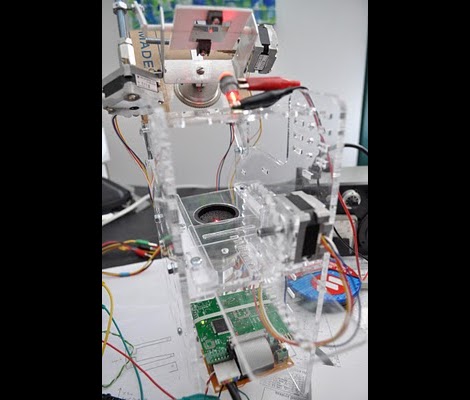
Working with easy replication in mind, [Peter] is building a 3D laser printer. The majority of the machine is made from laser-cut acrylic held together by parts that are inexpensive and available at your local hardware store. In the end this will lay down a layer of powder, use a laser to fuse the powder together in the outline of your choice, then repeat. This is known as selective laser sintering which is sometimes used in commercial rapid prototyping and, like a lot of other cool technologies, came into existence as a result of a DARPA project.
Sorry folks, this is not a fully functioning prototype yet. [Peter] is searching for the right laser for the job and a source for the powder. If you’ve got a solution please lend a hand and let’s see this project through to completion.
